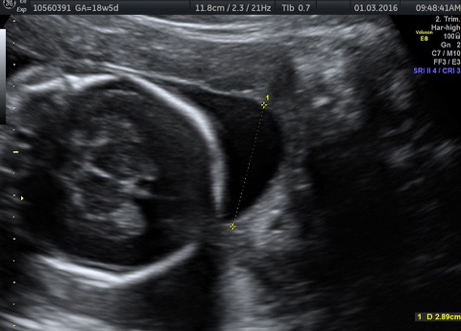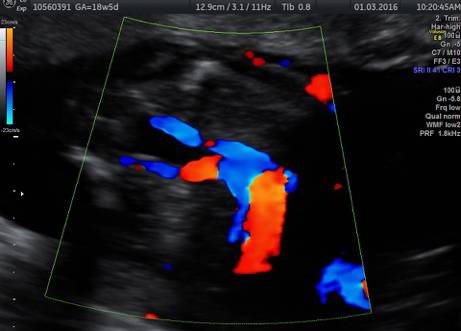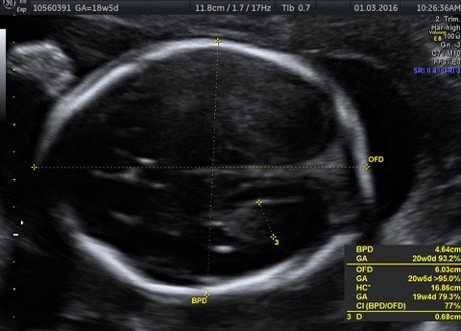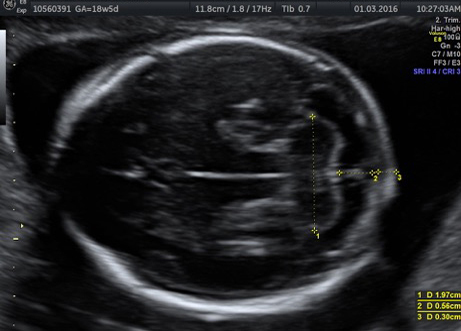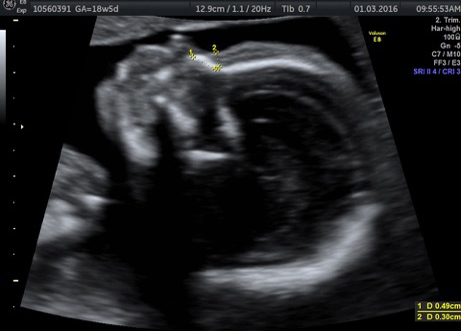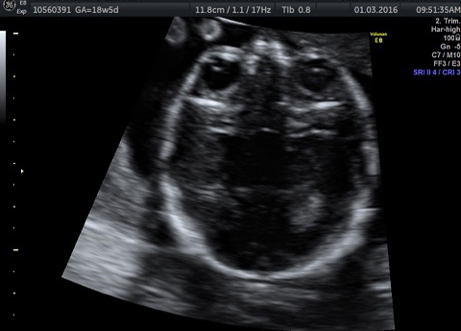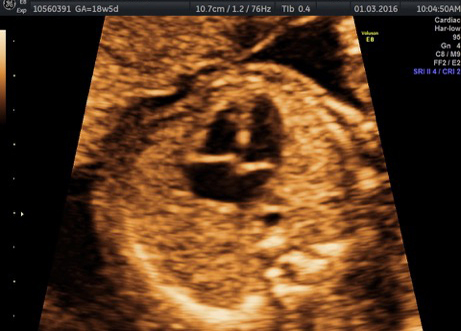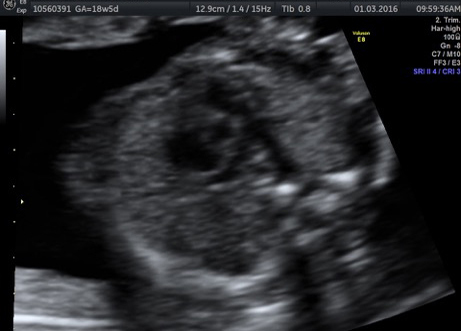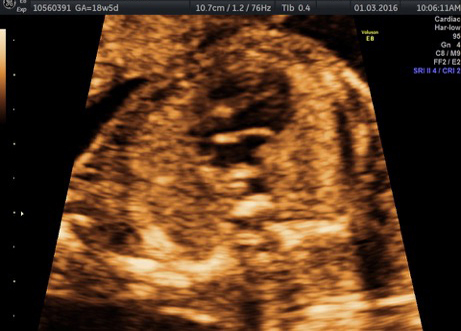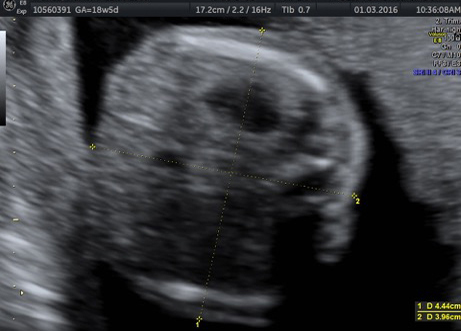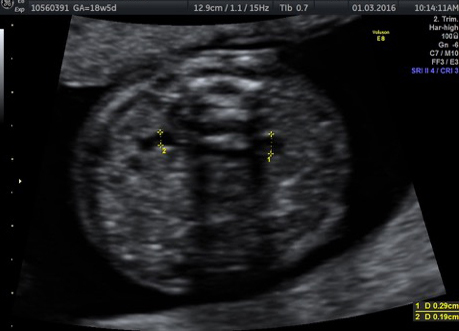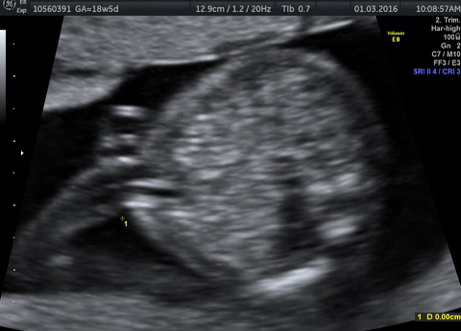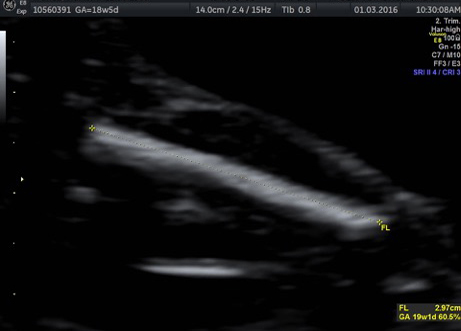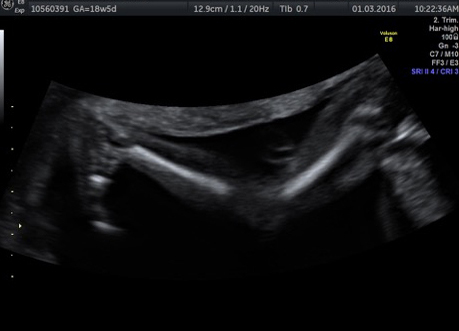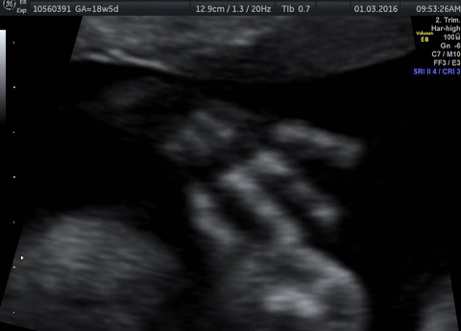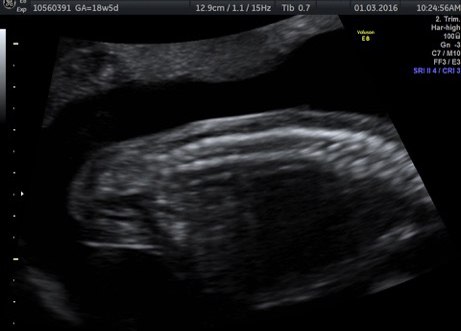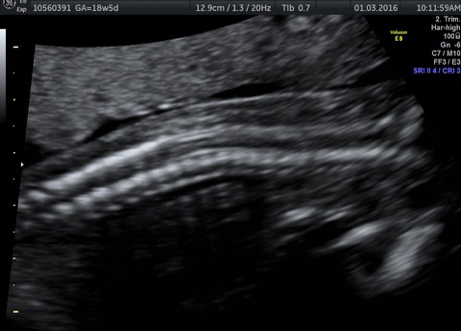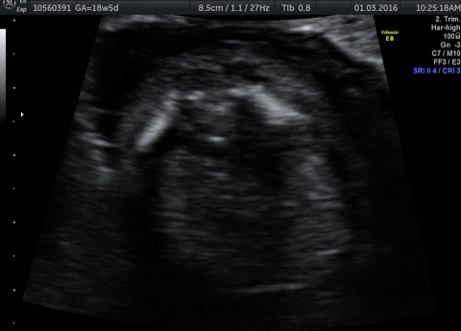We offer the full spectrum of feral therapies except FETO or open fetal surgery at present.
Fetal surgery is a highly complex surgical intervention to repair birth defects in the womb that requires the most expert care for both mother and unborn baby.
Its estimated that there would be about 487,000 babies born with birth defects in India, out of these 7200 per year are in Delhi. Maternal-fetal specialists have long known that some birth defects could be successfully treated after birth. But as technology, fetal imaging and prenatal testing have improved in the past few decades, so too has our knowledge of fetal development.
Expanded diagnostic tools have allowed us to identify more precisely when conditions worsen during fetal development. This knowledge has helped us develop new ways to help babies sooner. Today, fetal therapy is recognized as one of the most promising fields in fetal medicine, and prenatal surgery is becoming an option for a growing number of babies with birth defects.
We follow the principles laid down in 1982 when fetal surgery was first contemplated.
| Pre-requisite for considering fetal surgery* | ||
|---|---|---|
| Fetal conditions which warrant in utero therapy are usually simple structural defects that interfere with normal fetal development but if corrected will allow normal development to proceed | ||
| Accurate prenatal diagnosis | ||
| Exclusion of associated structural and genetic abnormalities | ||
| Normal fetal karyotype | ||
| An understanding of the natural history of the disease with established prognosis – fetal intervention is justified only if there is a reasonable probability of benefit from it | ||
| Serial evaluation of the fetus to differentiate those with mild disease who may not need intervention from those with severe disease who will not survive without intervention | ||
| Therapy proven to be useful at least in animal models | ||
| Informed consent after detailed discussion with the family regarding risks and benefits including long term outcomes | ||
| Multidisciplinary team comprising obstetrician with interest in high risk pregnancy, fetal medicine specialist, neonatologist, paediatric surgeon and psychologist | ||
| Centre equipped with the logistics, instruments, expertise and intensive care nursery to deal with these uncommon procedures | ||
| * Adapted from Harrison et al, 1982 | ||
We offer comprehensive fetal care in one centralized location
An ultrasound-guided fetal intervention where a needle is inserted into the umbilical cord or the fetal abdomen and blood is transfused to the baby for treatment of severe anemia.
Read more
A surgical procedure using a small camera (fetoscope) to locate the abnormal blood vessel connections and treat the problem by sealing the abnormal connections using laser energy.
Read more
A rare and highly selective fetal intervention where out of concern for the coexisting twin’s health or life, blood flow to the affected twin is interrupted using radiofrequency waves or bipolar energy. A clinical example of this procedure being used is a TRAP sequence, where the life of the pump twin is in imminent danger.
An ultrasound-guided fetal intervention where a tube (shunt) is placed in the abdomen of the fetus to connect the bladder to the amniotic cavity, leading to drainage of the blocked urine.
Read more
Amniotic bands that are constricting the umbilical cord or the extremities and threaten amputation may be divided. With a combination of ultrasound guidance and fetoscopy (a tube with a camera at the tip inserted into the uterus), the bands can be identified and divided with surgical instruments or laser.
Read more
Ex-utero intrapartum treatment, or the “EXIT Procedure,” is a specialized fetal surgery operation that occurs at the time of birth for certain fetuses with rare conditions that may be predicted to have problems immediately after birth. This procedure is performed similar to other fetal surgery operations in that the mother is under general anesthesia.
Read more




